.png)
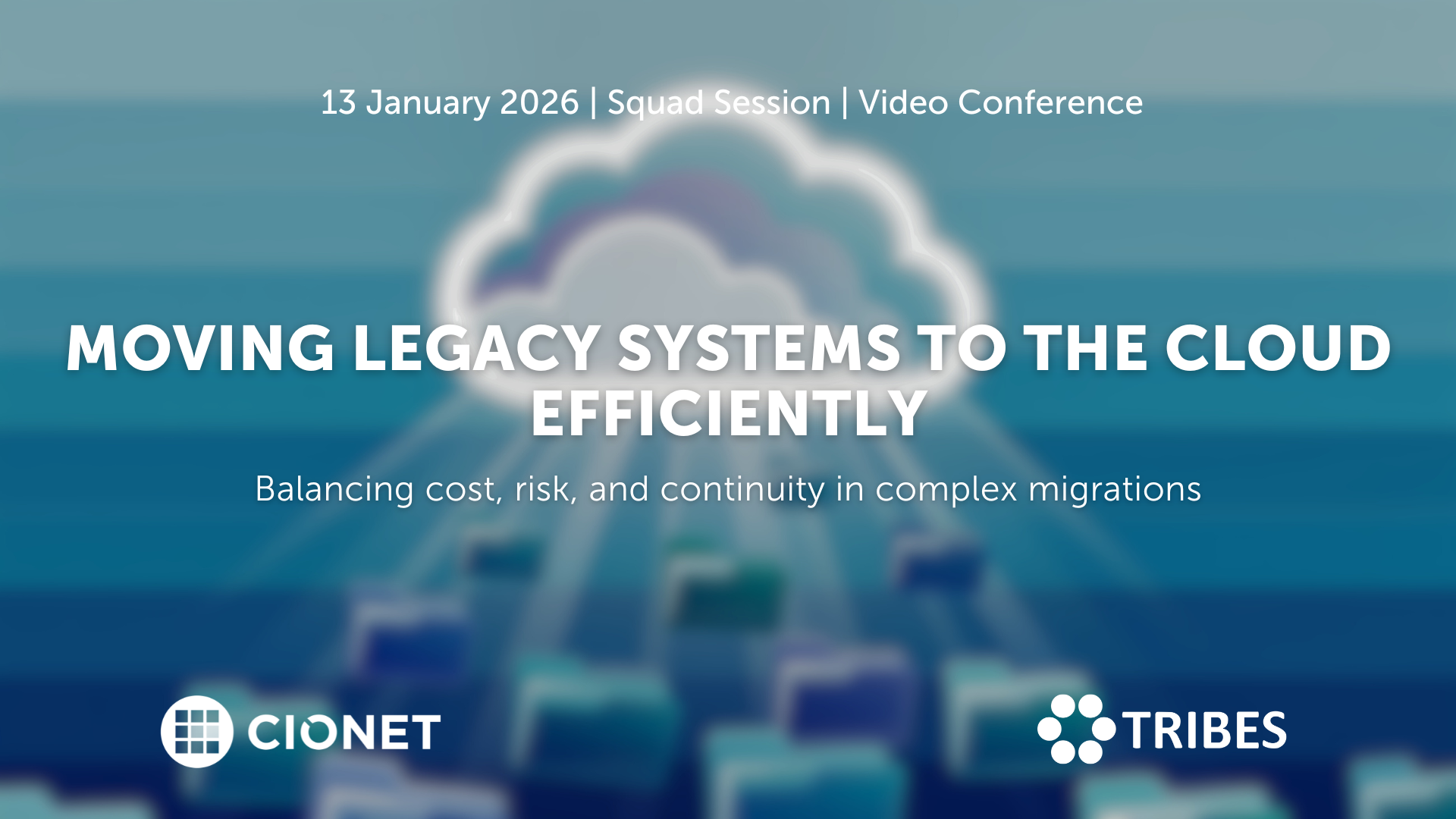
Belgium 13-1-26 Squad Only Virtual english
Migrating legacy systems to the cloud remains one of the toughest balancing acts in IT. Every choice affects stability, cost, and trust at once, and what starts as a modernisation effort quickly turns into a negotiation between ambition and reality. Suddenly budgets rise, dependencies appear late, and timelines tighten as old architectures collide with new expectations. In the end, success depends on sequencing, ownership, and aligning business priorities with infrastructure limits, and not only on technical readiness. Making it work requires more than a plan on paper. Knowing which systems genuinely belong in the cloud, which can wait, and which should stay put shapes the entire roadmap and defines its success. Each refactoring decision sets the level of future flexibility, but it also drives cost and risk. The trade-offs between speed, sustainability, and resilience only become clear once migration begins and pressure builds. Let’s discuss how to plan migrations that stay on track, manage hidden dependencies, and handle downtime with confidence. Let’s also discuss how governance, testing, and vendor coordination keep progress visible and credible. Are you in? A closed conversation for those who turn cloud migration from a disruption into a long-term advantage.
Read More.png)
Belgium 20-1-26 All Members Physical english
CIOs today are being judged less as technology leaders and more as portfolio managers. Every euro is under scrutiny. Boards and CFOs demand lower run costs, higher efficiency, and clear ROI from every digital initiative. Yet, they also expect CIOs to place bets on disruptive technologies that will keep the enterprise competitive in five years. This constant tension is redefining the role. In this session, we go beyond FinOps and cost reporting to tackle the strategic financial dilemmas CIOs face.
Read More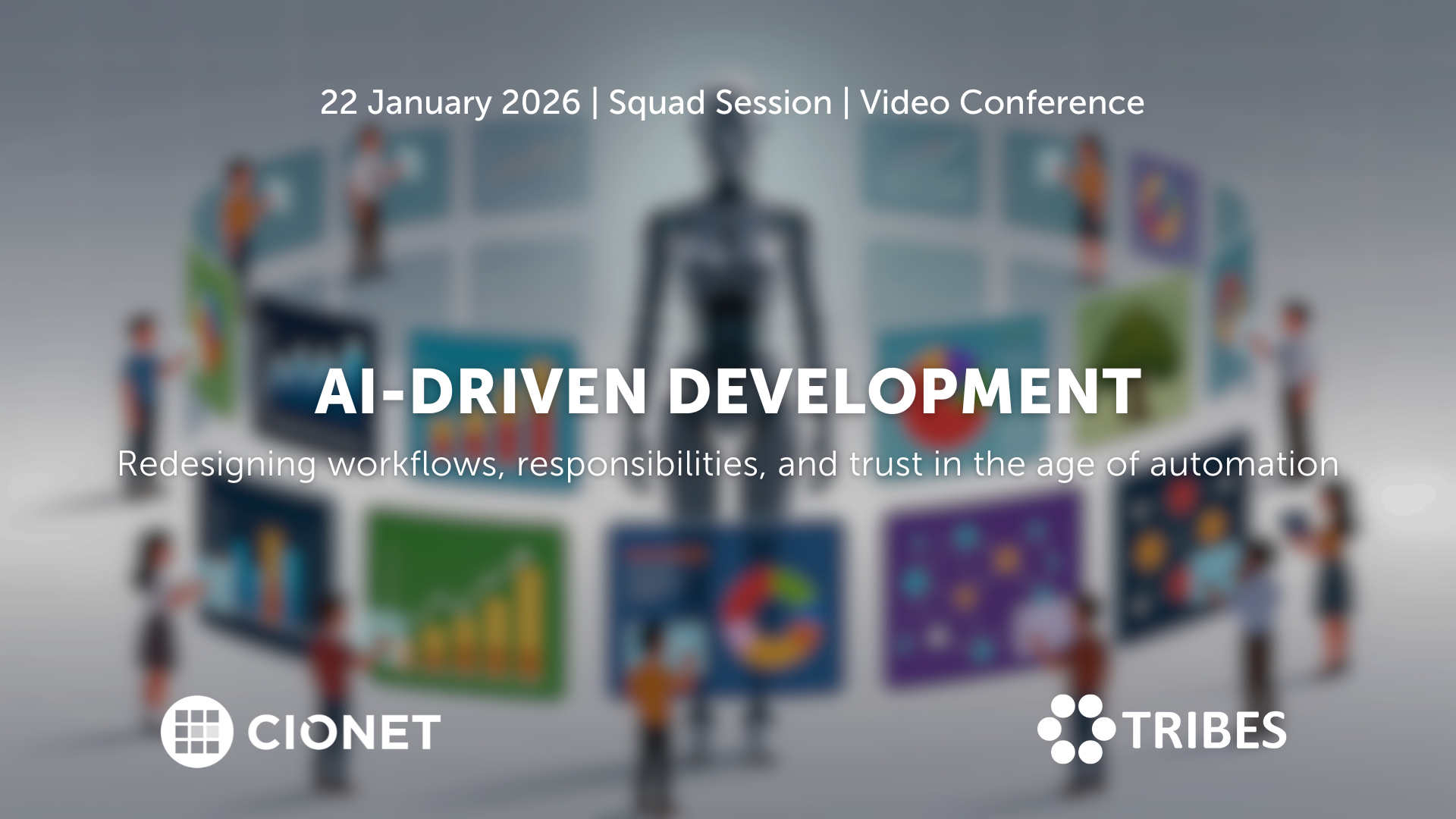
Belgium 22-1-26 Invitation Only Virtual english
AI coding assistants entered development teams quietly, but their impact grows by the day. What started as autocomplete now shapes architecture decisions, documentation, and testing. And when productivity gains are visible, so are new risks: security blind spots, uneven quality, and the slow erosion of shared standards. Teams move faster, but not always in the same direction. The challenge has become integration rather than adoption. And new questions have risen: how do you blend automation into established practices without losing oversight? When is human review still essential, and what should the rules of collaboration between developer and machine look like? As AI tools learn from proprietary code, where do responsibility and accountability sit? Let’s talk about how to redefine those workflows, balancing creativity with control, and protecting code quality in a hybrid human-AI environment. A closed conversation on where AI accelerates progress, where it introduces new debt, and how development culture must evolve to stay credible.
Read More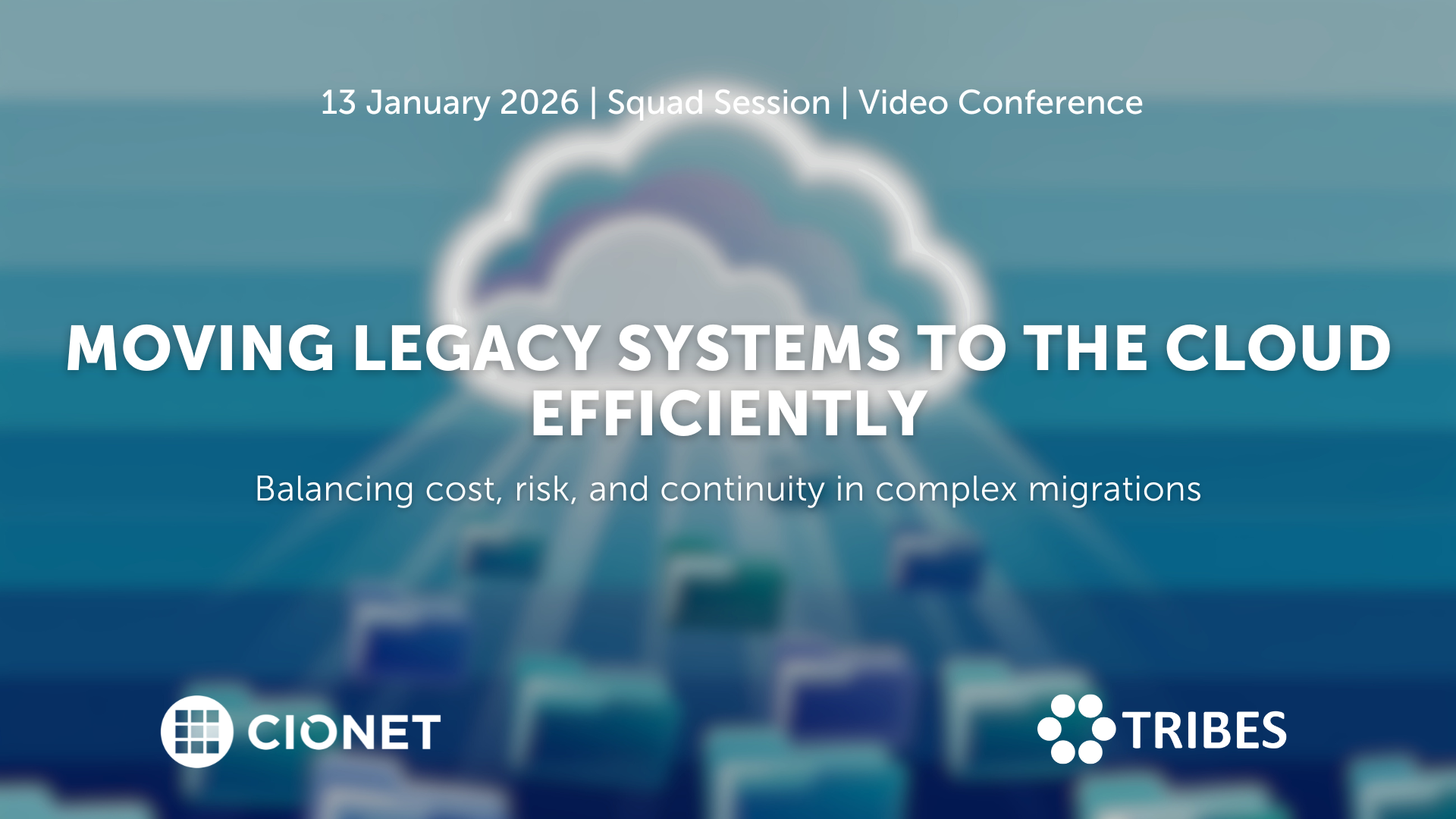
January 13, 2026 Squad Session Invitation Only Virtual english
Migrating legacy systems to the cloud remains one of the toughest balancing acts in IT. Every choice affects stability, cost, and trust at once, and what starts as a modernisation effort quickly turns into a negotiation between ambition and reality. Suddenly budgets rise, dependencies appear late, and timelines tighten as old architectures collide with new expectations. In the end, success depends on sequencing, ownership, and aligning business priorities with infrastructure limits, and not only on technical readiness. Making it work requires more than a plan on paper. Knowing which systems genuinely belong in the cloud, which can wait, and which should stay put shapes the entire roadmap and defines its success. Each refactoring decision sets the level of future flexibility, but it also drives cost and risk. The trade-offs between speed, sustainability, and resilience only become clear once migration begins and pressure builds. Let’s discuss how to plan migrations that stay on track, manage hidden dependencies, and handle downtime with confidence. Let’s also discuss how governance, testing, and vendor coordination keep progress visible and credible. Are you in? A closed conversation for those who turn cloud migration from a disruption into a long-term advantage.
Read More
January 22, 2026 Squad Session Invitation Only Virtual english
AI coding assistants entered development teams quietly, but their impact grows by the day. What started as autocomplete now shapes architecture decisions, documentation, and testing. And when productivity gains are visible, so are new risks: security blind spots, uneven quality, and the slow erosion of shared standards. Teams move faster, but not always in the same direction. The challenge has become integration rather than adoption. And new questions have risen: how do you blend automation into established practices without losing oversight? When is human review still essential, and what should the rules of collaboration between developer and machine look like? As AI tools learn from proprietary code, where do responsibility and accountability sit? Let’s talk about how to redefine those workflows, balancing creativity with control, and protecting code quality in a hybrid human-AI environment. A closed conversation on where AI accelerates progress, where it introduces new debt, and how development culture must evolve to stay credible.
Read More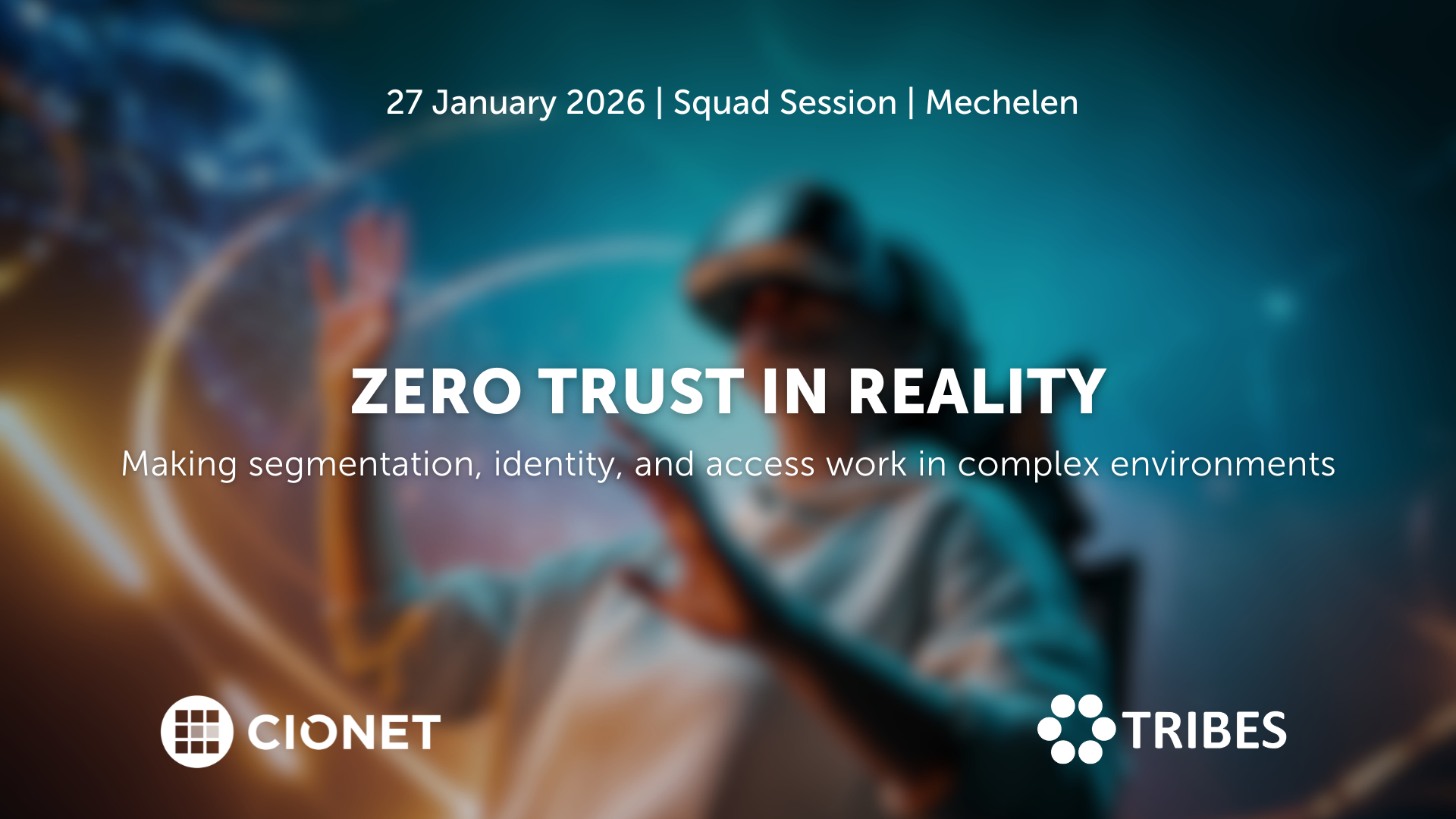
January 27, 2026 Squad Session Invitation Only Physical english
Zero Trust sounds simple on paper: trust no one, verify everything. But once you start implementing it, the fun begins. Legacy systems, hybrid networks, and human habits don’t read the manual. The idea is solid; the execution, not so much.
Read More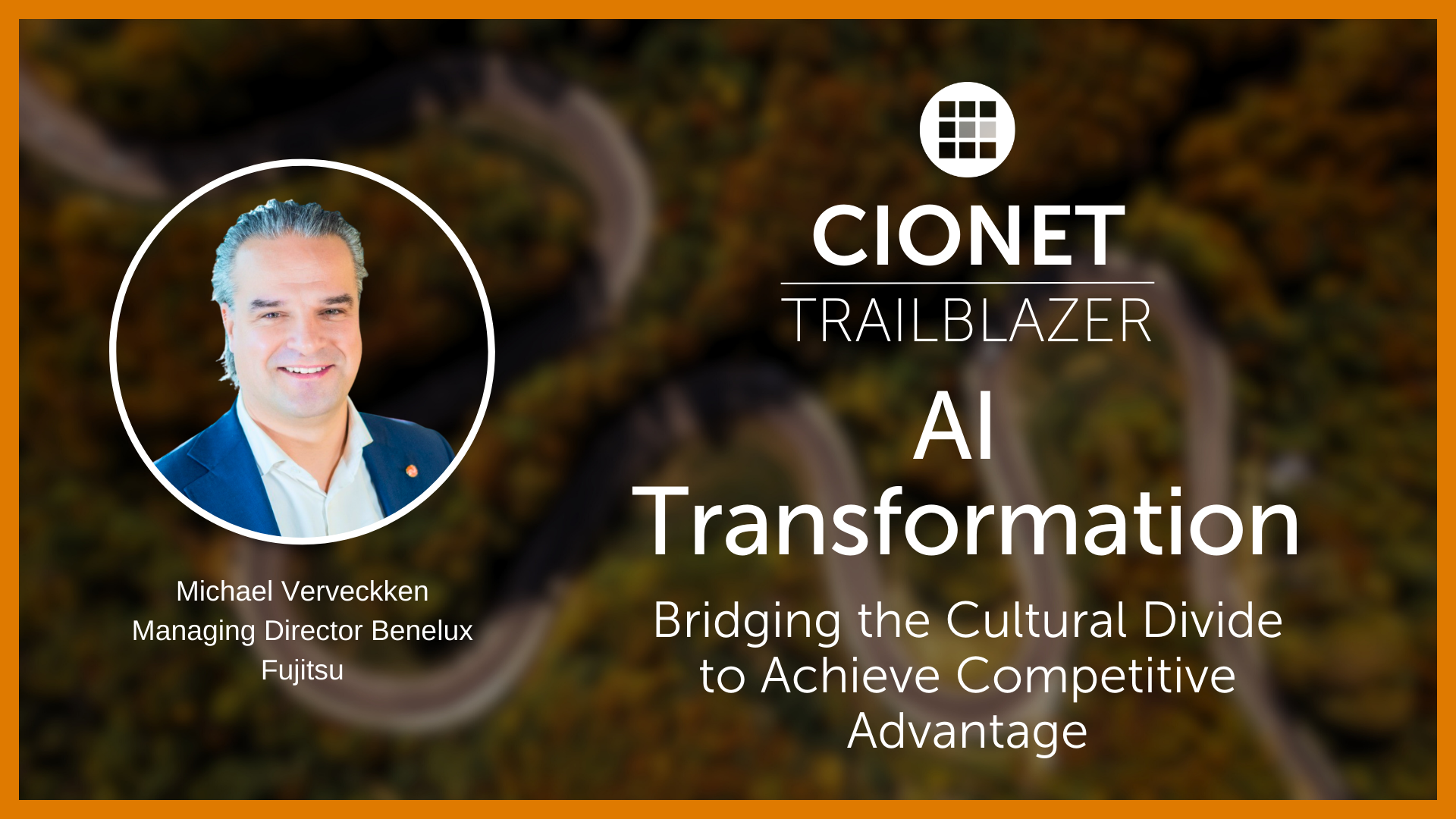
CIONET Trailblazer: AI Transformation: Bridging the Cultural Divide to Achieve Competitive Advantage
Published on: December 17, 2025 @ 9:16 AM
In this early era of quantum computing, the goal for ENEOS was not to find a new result—because the calculations are too small for the computation time to matter—but rather to validate that the algorithm running on the quantum system matches the team’s predictions. As these micro experiments increase in size, early adopters understand that quantum computing will eventually become more scalable.
ENEOS is thinking big and looking to the future. One of the largest energy companies in Japan, ENEOS is exploring a broad range of energy sources, including alternative fuels. In support of its mission to “harness the Earth’s power for the common good and for the day-to-day life of each individual,” ENEOS is working on the development of sustainable hydrogen fuels.
We validated the algorithms and demonstrated that we can conduct the vibration analysis on the quantum computer running Azure Quantum. It sounds simple but proving that is a really big deal.Takeshi Ibuka: Data Science Group Manager
ENEOS
“We have a history of refining and marketing petroleum products, but we’re adding a focus on carbon reduction,” says Takeshi Ibuka, Data Science Group Manager at ENEOS. “We’re researching how to produce and transport hydrogen fuel, which is a very complicated project.”
Transportation presents a challenge because of hydrogen’s light weight, so ENEOS needs to convert it to methylcyclohexane. To help achieve this, the company started catalyst research based on vibration analysis of molecules, including the transition state of a reaction. Generally speaking, vibration analysis requires a lot of computational power, but the vibration analysis of the transition state is even more demanding and requires a tremendous amount of computational power. This is due to the necessity of considering electron correlation when calculating the transition state.
Operating on the leading edge of new paths for computation, ENEOS decided to explore the use of quantum computing. Quantum computing harnesses the unique behavior of quantum physics and uses quantum mechanics to run calculations on specialized hardware, resulting in the tantalizing potential of solving computational problems that are out of reach for standard classical computing. This concept is still almost entirely theoretical, but top researchers are beginning to make headway.
ENEOS had a lot of in-house expertise but needed to find the right partners for research, computation, and hardware to fully bring the project to life. In 2020, the company teamed up with QunaSys, a software startup based in Tokyo. QunaSys focuses on algorithm and software development for chemical calculation on quantum computers. Its 28 employees bring a strong technical background, including 14 PhDs. The startup offers two main solutions: joint research projects and its software tool, Qamuy.
“Vibration analysis is key to clarifying the behavior of molecules, but its computational cost is too high to get a precise result,” says Takafumi Ishii, Chemist at ENEOS. “We’re laying the groundwork for how quantum computing may help us in the future, and we chose to partner with QunaSys because of its wonderful technologies and expert knowledge.”
Based on a recommendation from QunaSys, ENEOS adopted Microsoft Azure Quantum to perform the computation. Engineers and data scientists use Azure Quantum for experimentation, research, and testing, starting by breaking down the problem into the smallest possible computational units. The idea is that solving for those on a molecular level using Azure Quantum will lead the company to solve the larger-scale, complex issue. ENEOS decided to use the Honeywell System Model H1, a quantum computer created by Honeywell Quantum Solutions, now known as Quantinuum.
“We work closely with ENEOS, and our chemical engineers even go into the ENEOS laboratory to do molecular calculations,” says Tennin Yan, Chief Executive Officer at QunaSys. “We use Azure Quantum to move our research forward. We write algorithms, the ENEOS engineers evaluate the algorithms, and we collaborate together to further optimize them.”
In this early era of quantum computing, the goal for ENEOS was not to find a new result—because the calculations are too small for the computation time to matter—but rather to validate that the algorithm running on the quantum system matches the team’s predictions. As these micro experiments increase in size, early adopters understand that quantum computing will eventually become more scalable.
ENEOS used both Azure Quantum running on Honeywell H1 and the Qamuy simulator to validate molecule vibration analysis accounting for electron correlation. Because the accurate calculation cost of vibration analysis for large molecules is not within the reach of classical computers, the company wanted to confirm that quantum computing could perform vibration analysis with highly accurate initial calculations.
“Although we started with small molecules in this research, it was a fantastic proof of concept,” says Taku Watanabe, Lead Scientist at ENEOS. “The calculations we ran using Azure Quantum returned the same results on the quantum computer as the simulator, which shows that we performed the calculations successfully.”
Adds Ibuka, “We validated the algorithms and demonstrated that we can conduct the vibration analysis on the quantum computer running Azure Quantum. It sounds simple but proving that is a really big deal. Now that we’ve proven it theoretically, we’re confident that the quantum computer will be able to handle bigger problems. We’re very happy with the results and accuracy of this project, and we learned that quantum algorithms will definitely be beneficial to us.”
For pioneers in any groundbreaking technology, change doesn’t happen in an instant. It’s the result of incremental learning and new understandings that move them, step by step, in the right direction. “We’re moving closer to viable hydrogen fuels, but we still need to overcome many challenges before we can build a hydrogen society,” says Watanabe. “Developing a catalyst will give us a key technology that will play a big role in hydrogen fuels, and this project’s results show that Azure Quantum will be a critical part of that development.”
Part of the value of working with QunaSys is that ENEOS now has a clear direction for future research. QunaSys is running the Quantum Practical Application Research Consortium (QPARC), a community focused on exploring the potential of quantum computing. “Our joint research currently focuses on molecular simulation, but QunaSys also provides us with the vision of quantum computing through its own thought leadership, consulting, and the QPARC community,” says Ishii. “We’re very grateful to QunaSys for introducing us to Azure Quantum.”
Find out more about ENEOS on Twitter, Facebook, and LinkedIn. Learn about QunaSys on Twitter and LinkedIn.
We’re laying the groundwork for how quantum computing may help us in the future, and we chose to partner with QunaSys because of its wonderful technologies and expert knowledge.Takafumi Ishii: Chemist
ENEOS
607 Views 0 Likes Read More
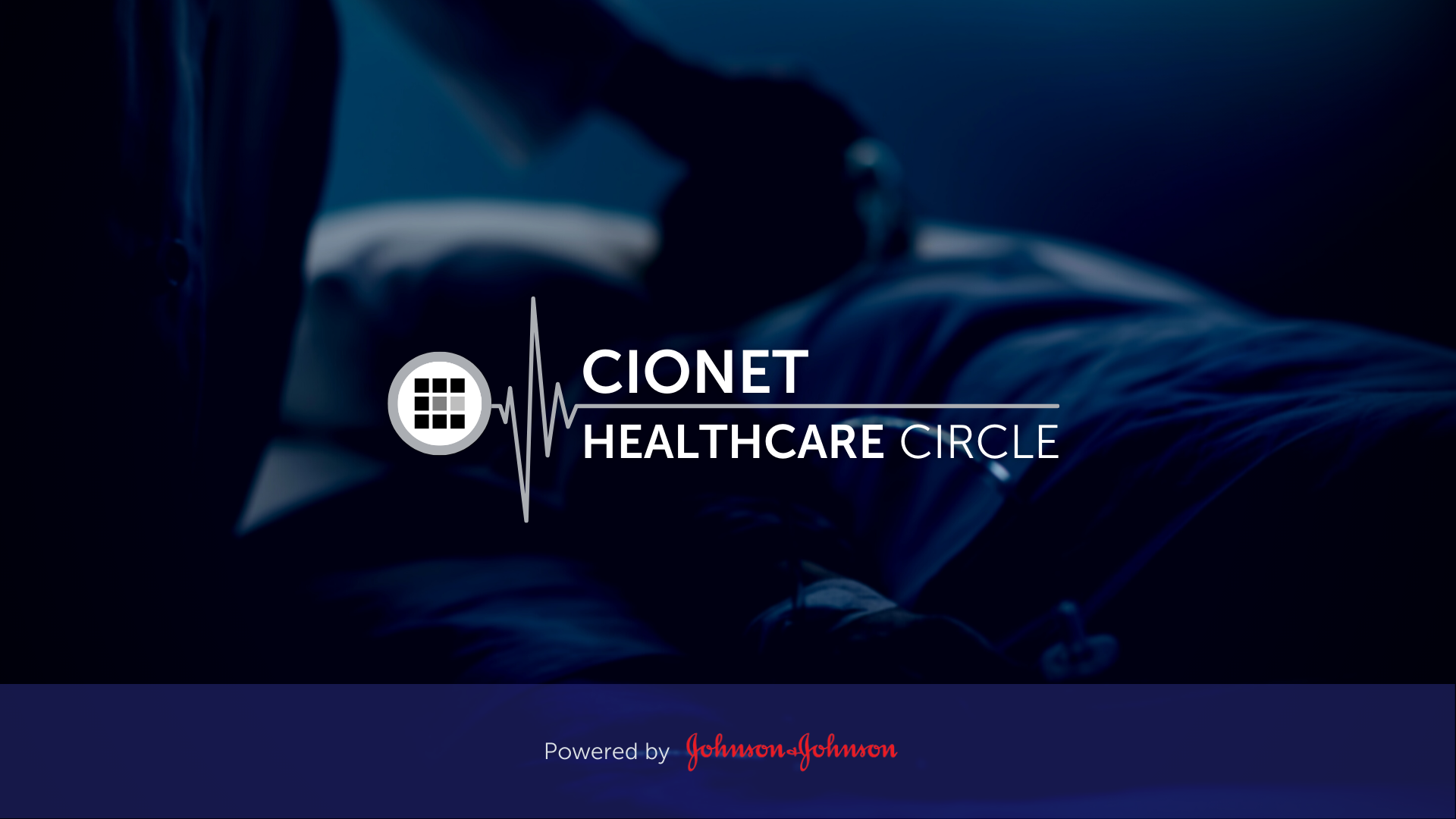
Digital Transformation is redefining the future of health care and health delivery. All stakeholders are convinced that these innovations will create value for patients, healthcare practitioners, hospitals, and governments along the patient pathway. The benefits are starting from prevention and awareness to diagnosis, treatment, short- and long-term follow-up, and ultimately survival. But how do you make sure that your working towards an architecturally sound, secure and interoperable health IT ecosystem for your hospital and avoid implementing a hodgepodge of spot solutions? How does your IT department work together with the other stakeholders, such as the doctors and other healthcare practitioners, Life Sciences companies, Tech companies, regulators and your internal governance and administrative bodies?
Read More
The Telenet Business Leadership Circle powered by CIONET, offers a platform where IT executives and thought leaders can meet to inspire each other and share best practices. We want to be a facilitator who helps you optimise the performance of your IT function and your business by embracing the endless opportunities that digital change brings.
Read More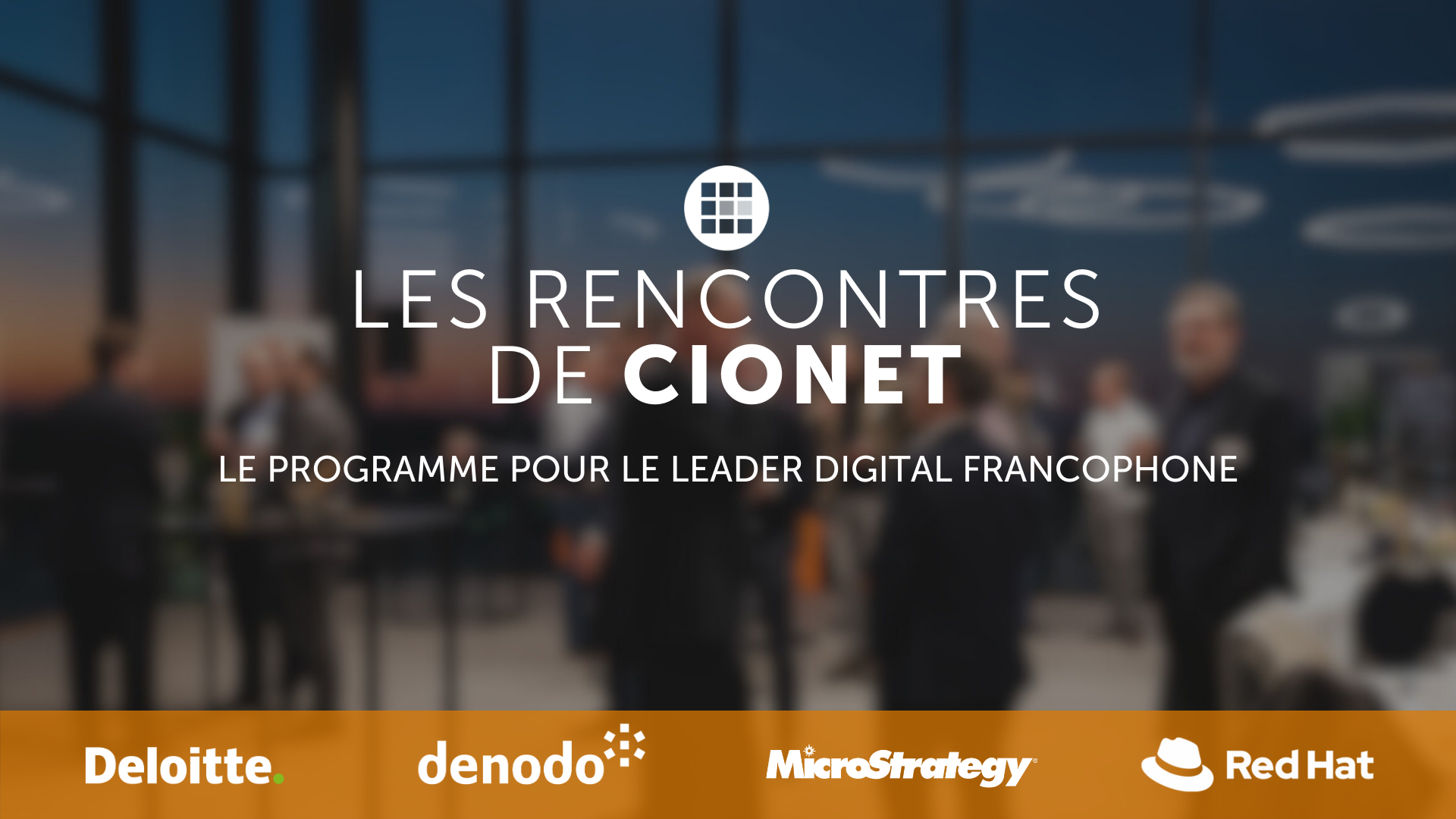
Découvrez la dynamique du leadership numérique aux Rencontres de CIONET, le programme francophone exclusif de CIONET pour les leaders numériques en Belgique, rendu possible grâce au soutien et à l'engagement de nos partenaires de programme : Deloitte, Denodo et Red Hat. Rejoignez trois événements inspirants par an à Liège, Namur et en Brabant Wallon, où des CIOs et des experts numériques francophones de premier plan partagent leurs perspectives et expériences sur des thèmes d'affaires et de IT actuels. Laissez-vous inspirer et apprenez des meilleurs du secteur lors de sessions captivantes conçues spécialement pour soutenir et enrichir votre rôle en tant que CIO pair. Ne manquez pas cette opportunité de faire partie d'un réseau exceptionnel d'innovateurs numériques !
Read More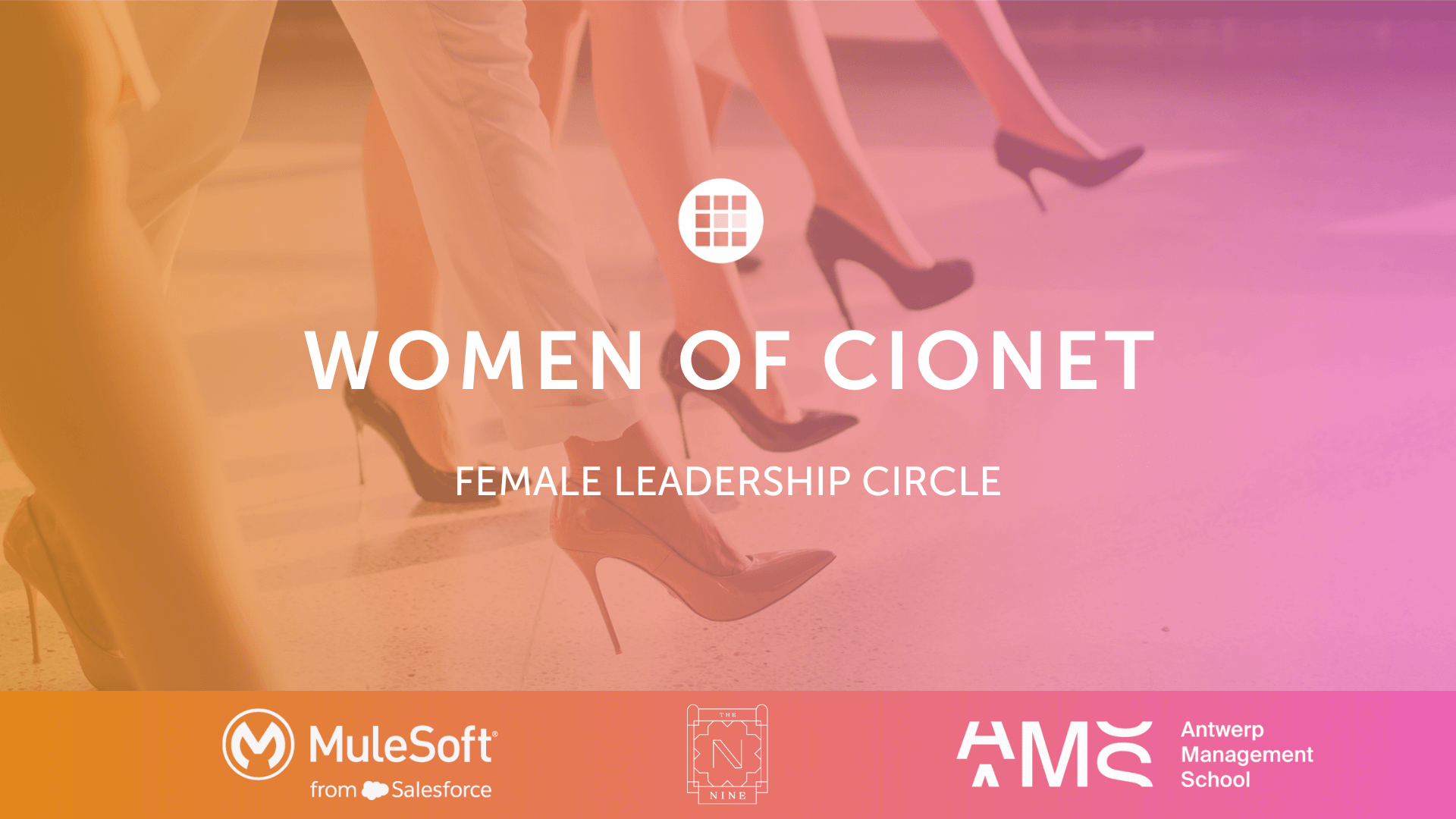
CIONET is committed to highlighting and celebrating female role models in IT, Tech & Digital, creating a leadership programme that empowers and elevates women within the tech industry. This initiative is dedicated to showcasing the achievements and successes of leading women, fostering an environment where female role models are recognised, and their contributions can ignite progress and inspire the next generation of women in IT. Our mission is to shine the spotlight a little brighter on female role models in IT, Tech & Digital, and to empower each other through this inner network community.
Read More
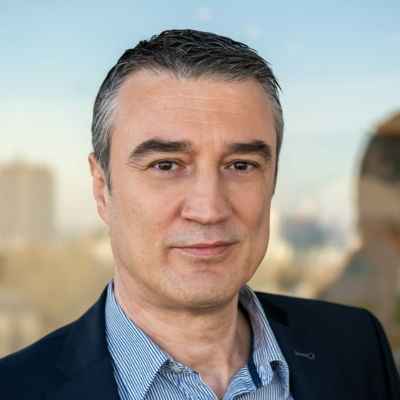
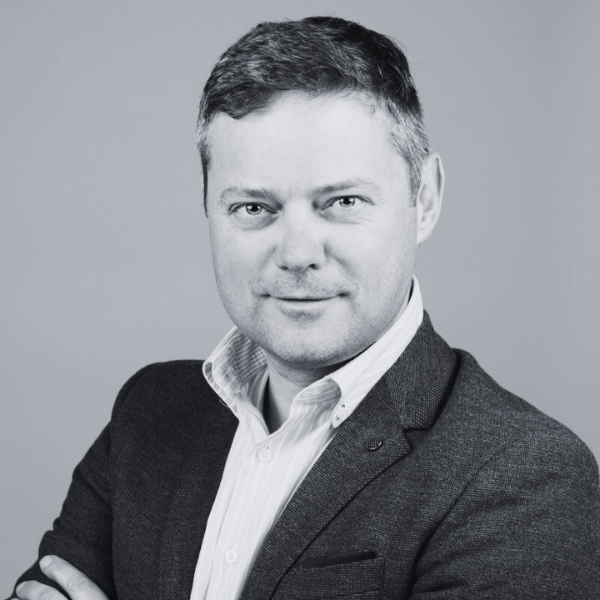
-Apr-01-2022-10-58-34-57-AM.png)

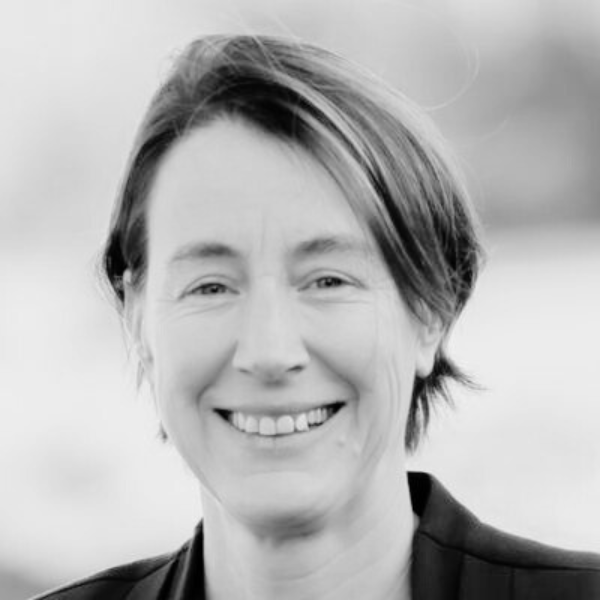


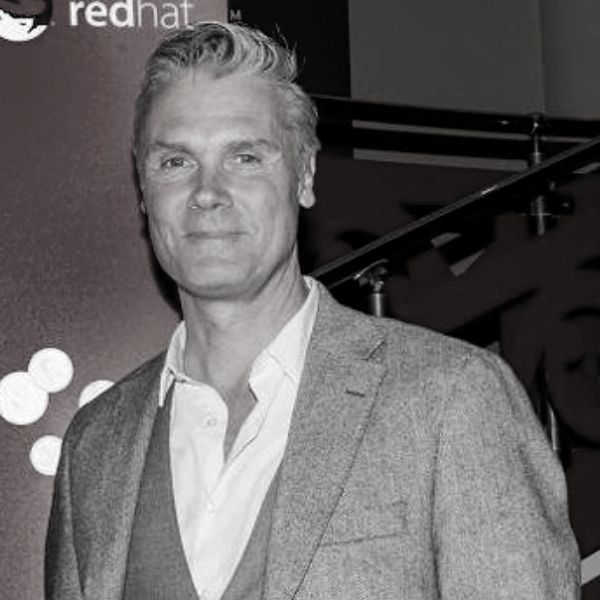
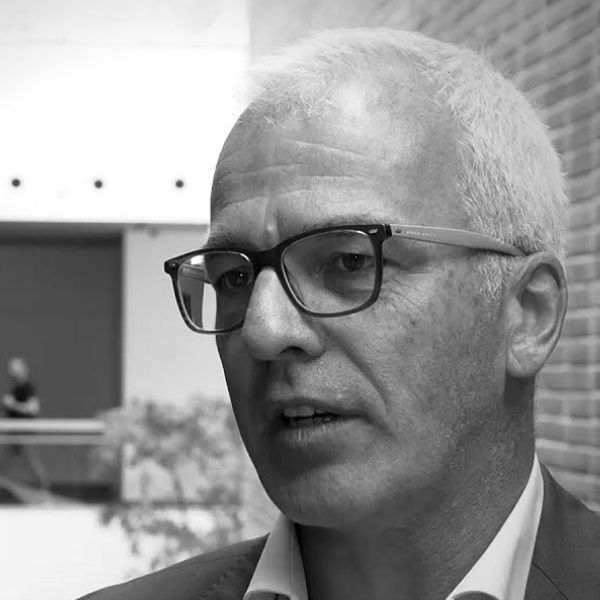
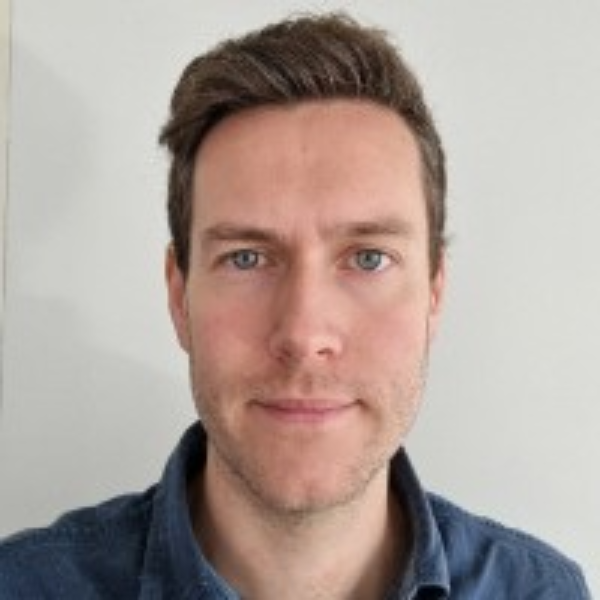
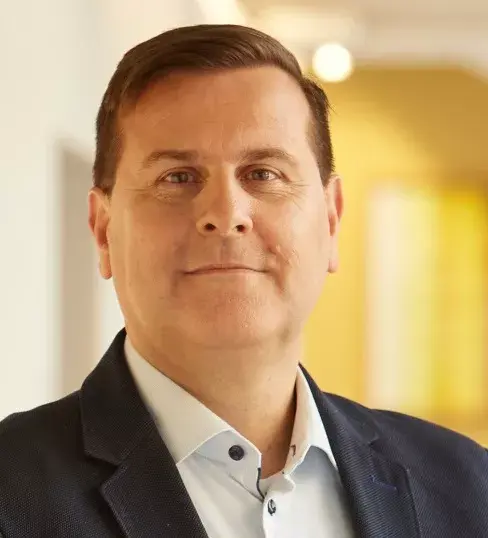
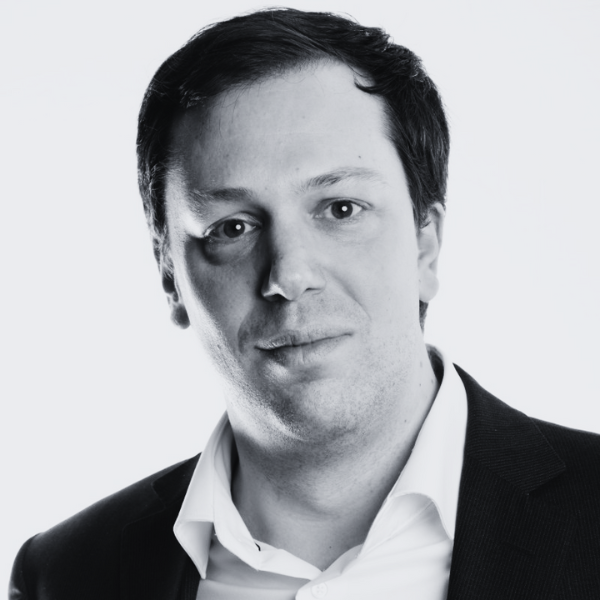
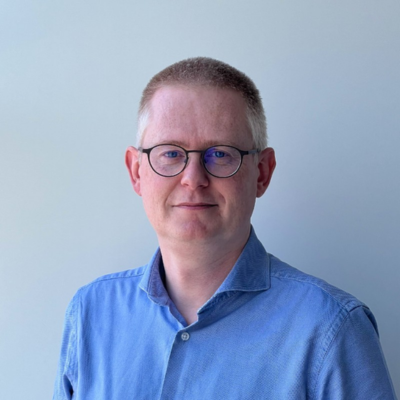

-Dec-13-2023-10-53-15-5032-AM.png)

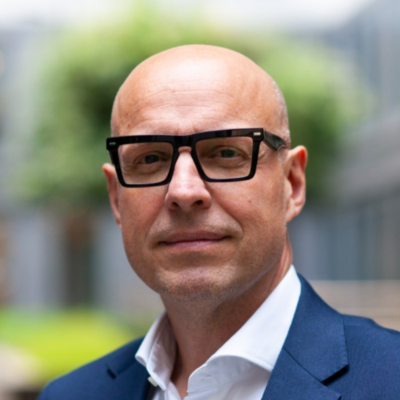

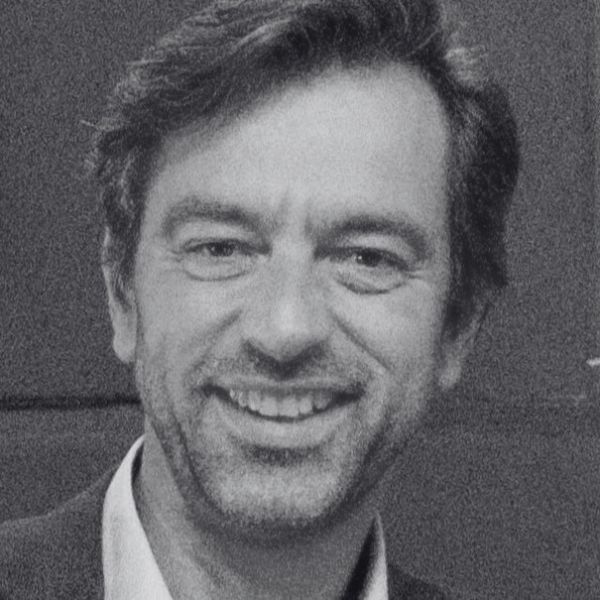
-Jun-12-2023-01-23-11-7540-PM.png)

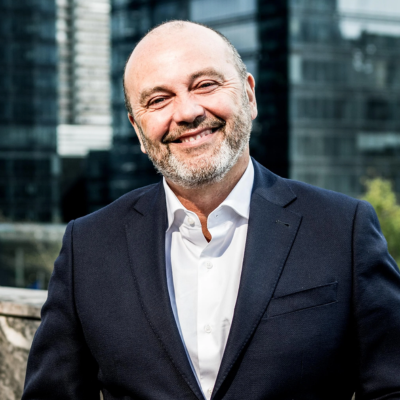

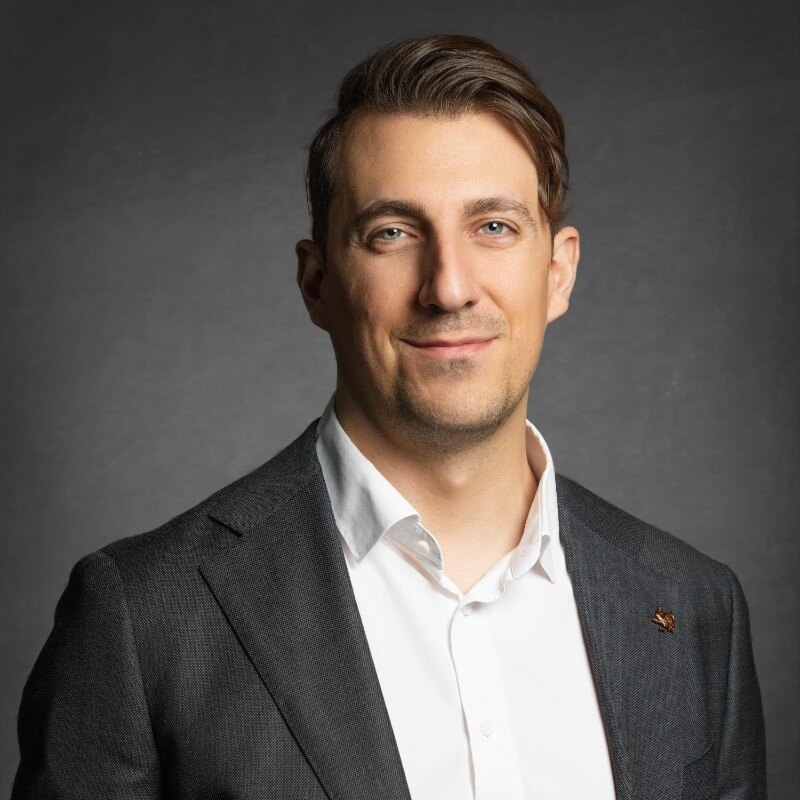

-Apr-01-2022-10-58-34-68-AM.png)
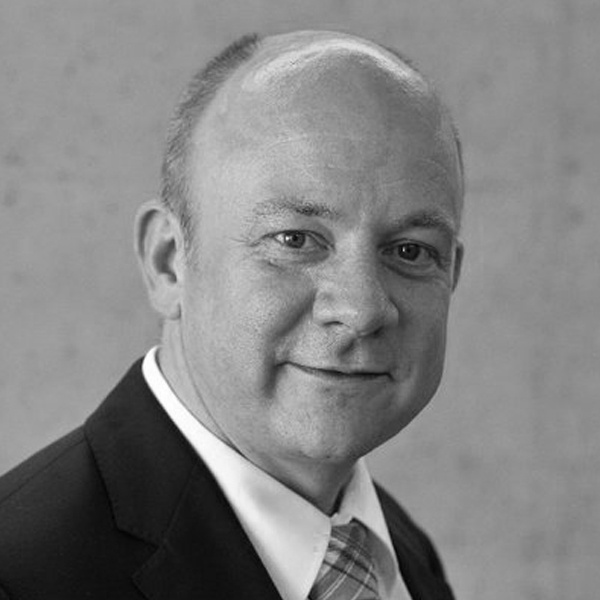
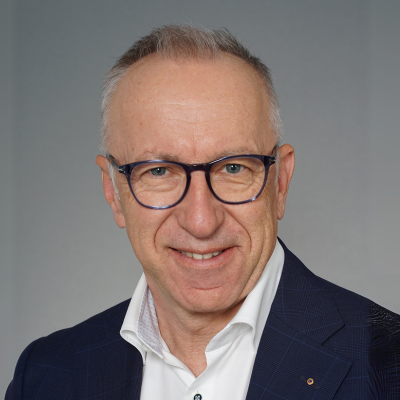
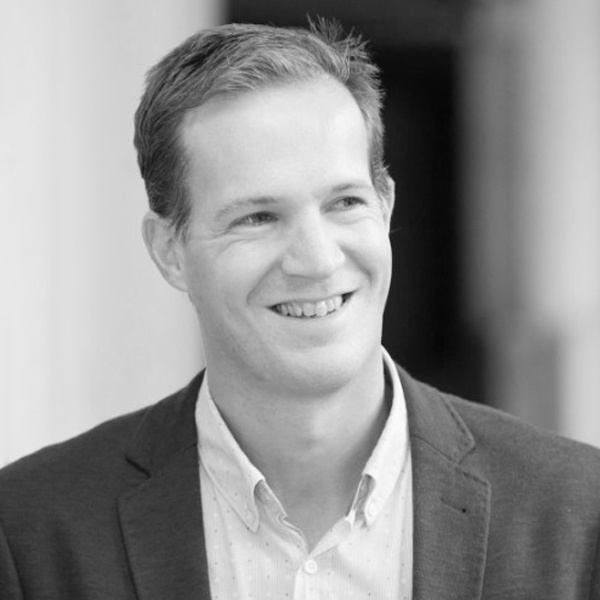
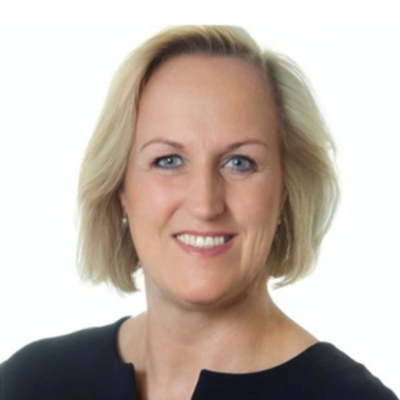
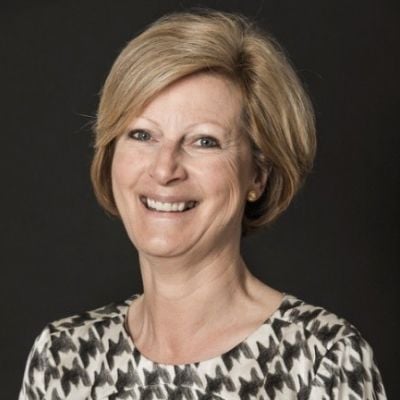
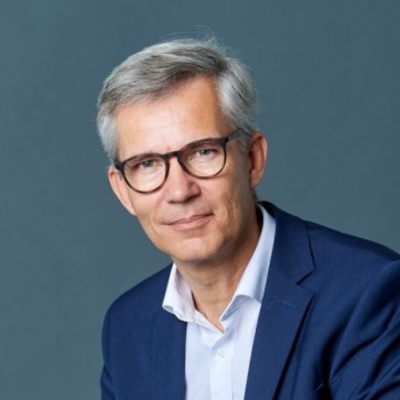
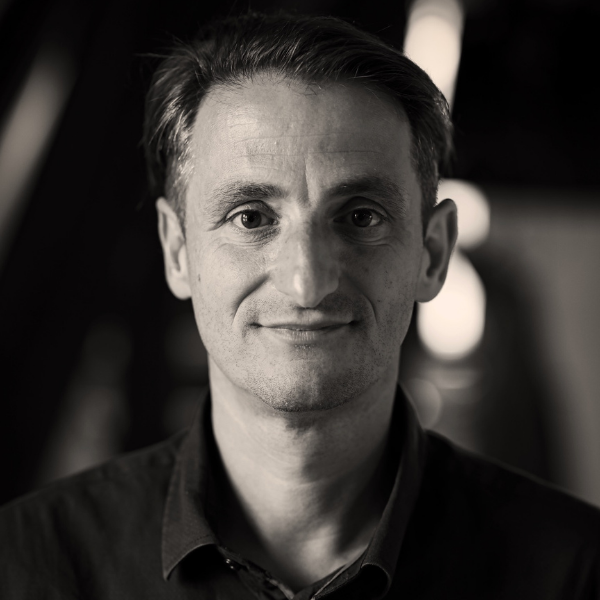

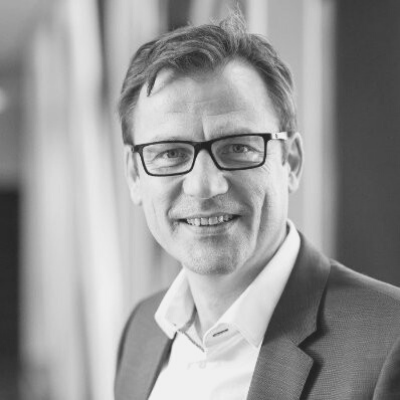
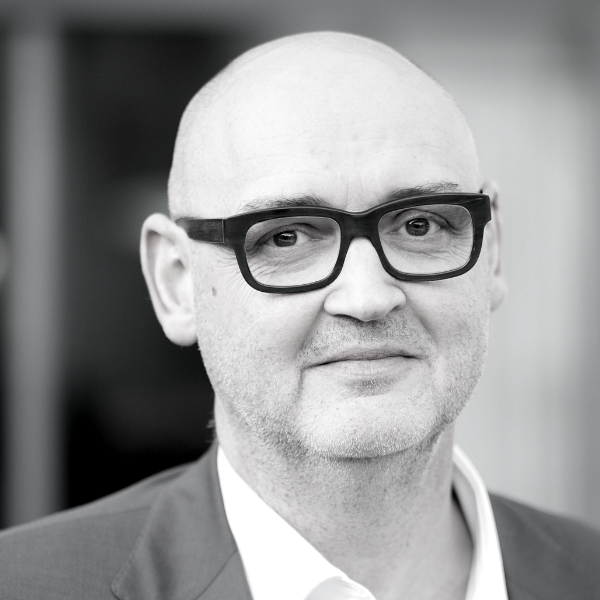
-2.jpg)
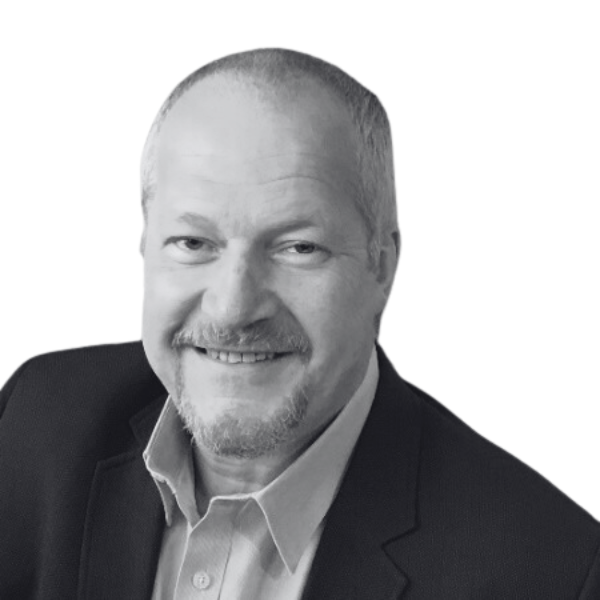
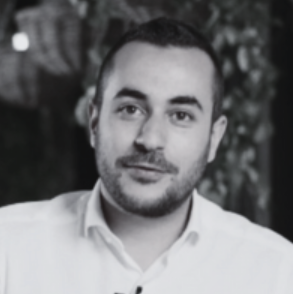


-Sep-01-2022-02-47-55-60-PM.png)
-Nov-22-2023-08-56-42-6802-AM.png)
.png)
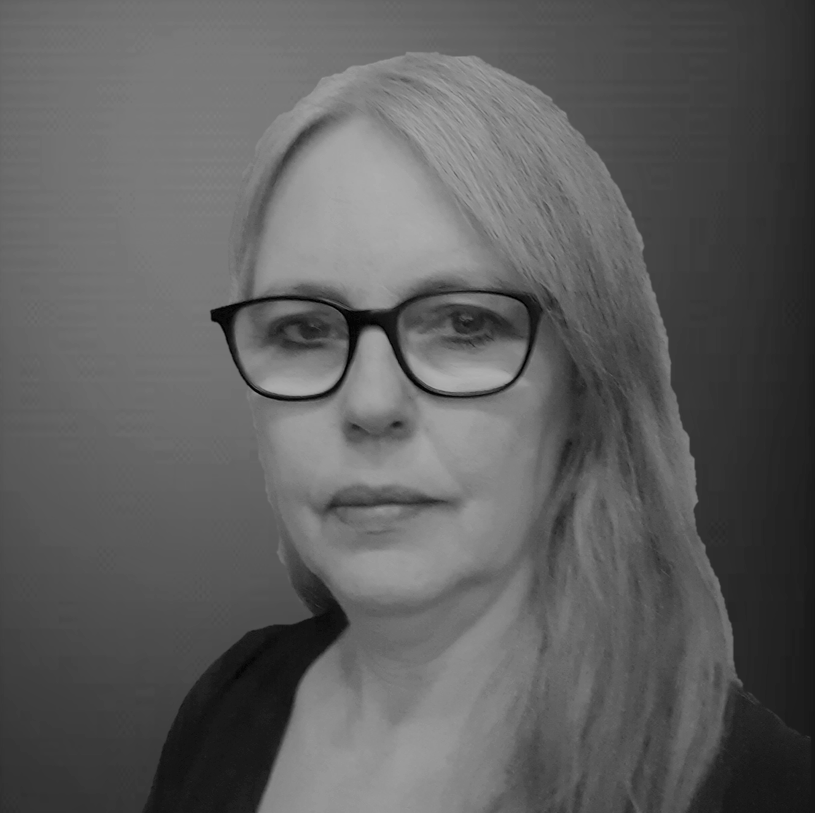
Would you like to know more about CIONET Belgium, membership or partnership opportunities? Do you have feedback or any other question? Send us a message!
You can either send us a registered handwritten letter explaining why you'd like to become a member or you can simply talk to us right here!